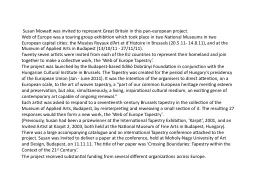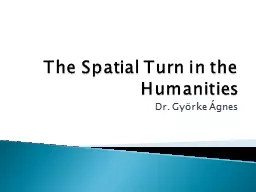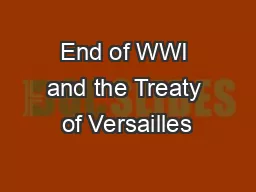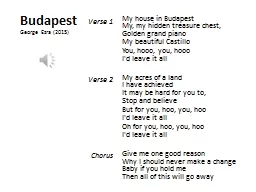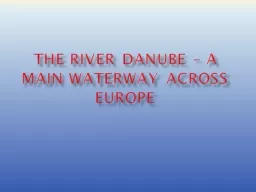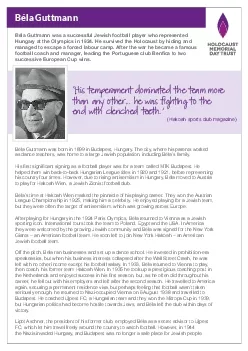PPT-The Budapest Treaty
Author : pamella-moone | Published Date : 2017-12-01
on the International Recognition of the Deposit of Microorganisms for the Purposes of Patent Procedure E Glantschnig Patent Law Division May 2017 Why a specific
Presentation Embed Code
Download Presentation
Download Presentation The PPT/PDF document "The Budapest Treaty" is the property of its rightful owner. Permission is granted to download and print the materials on this website for personal, non-commercial use only, and to display it on your personal computer provided you do not modify the materials and that you retain all copyright notices contained in the materials. By downloading content from our website, you accept the terms of this agreement.
The Budapest Treaty: Transcript
Download Rules Of Document
"The Budapest Treaty"The content belongs to its owner. You may download and print it for personal use, without modification, and keep all copyright notices. By downloading, you agree to these terms.
Related Documents






